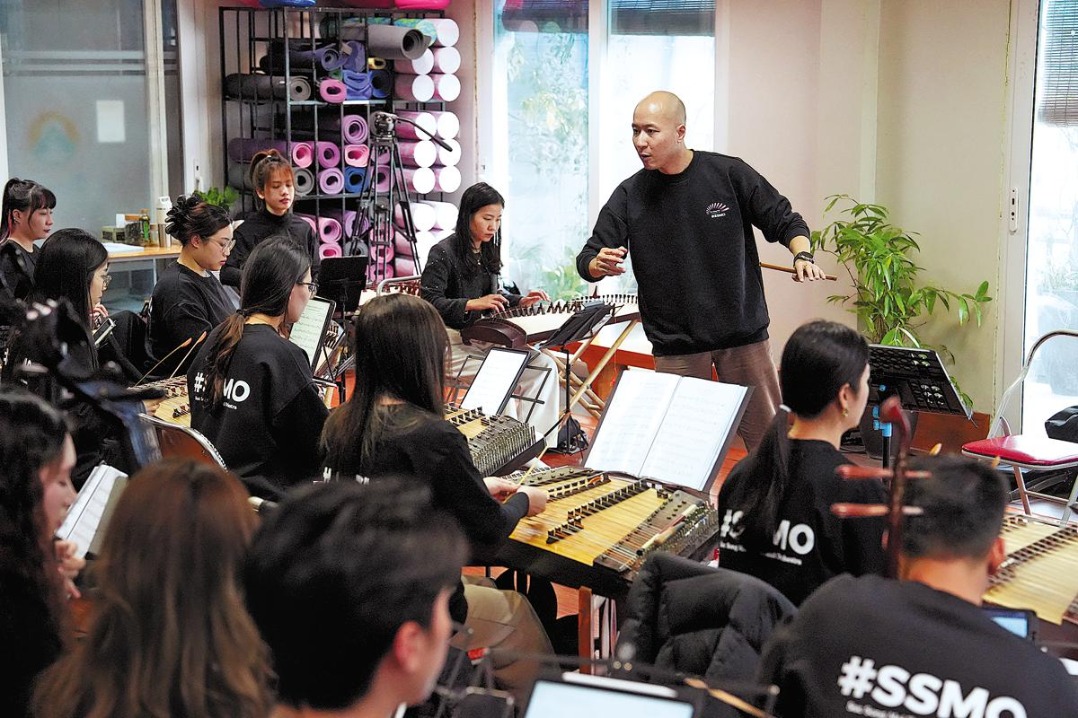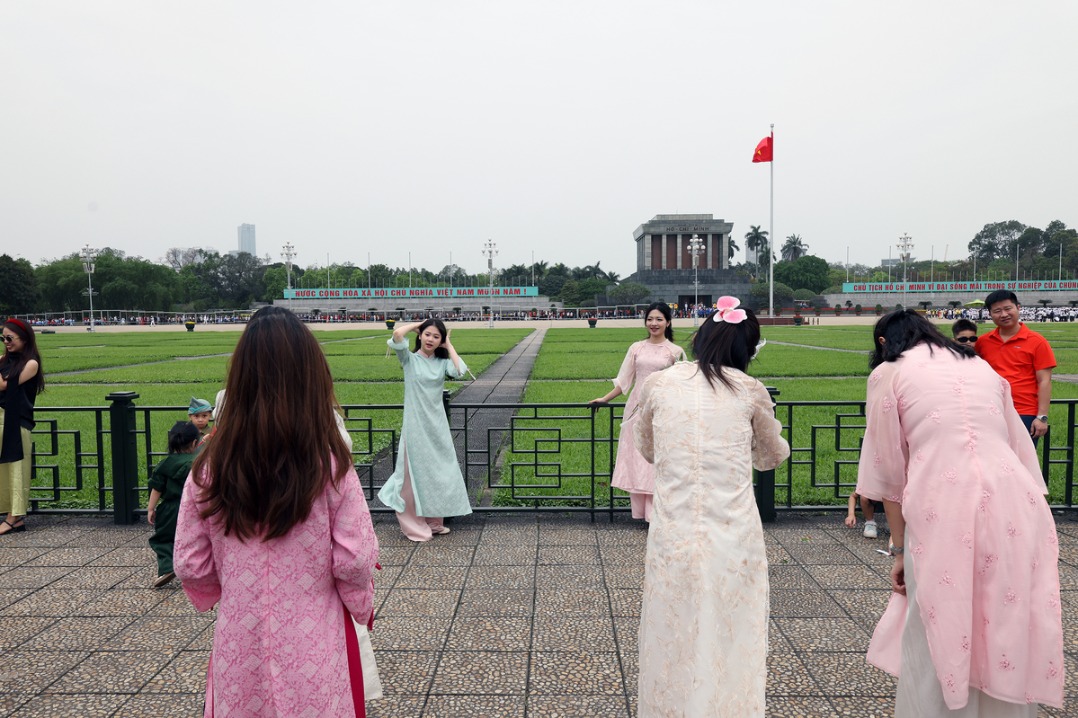Giving the past a future
Restoration expert highlights the context of his findings, Wang Ru reports.
By WANG RU | China Daily | Updated: 2024-05-11 11:15

Dedication and proficiency
Born in Zibo, Shandong, Ren graduated from Qufu Normal University in 2007 with a degree in fine arts, specializing in traditional Chinese painting. His journey into the realm of cultural heritage restoration began in 2012 when he participated in a project focused on ceramic relics in Yiyuan county, Zibo.
In 2015, he transitioned to metal relic restoration at the Shandong Museum. Through persistent practice, experiential learning, and diligent reflection, Ren, who once found himself "starting from scratch in both theory and practice", honed his skills and expertise over time.
His dedication and proficiency culminated in a remarkable achievement when he clinched the top prize at the National Vocational Skills Competition on Cultural Relics, organized by the National Cultural Heritage Administration last year.
Over the years, he has observed significant advancements in restorative materials and technologies, citing the benefits of using epoxy resin to seamlessly supplement missing parts in artifacts.
"With the evolution of materials, such as the introduction of epoxy resin, we now have safer methods to restore missing components without jeopardizing the integrity of the artifacts. This ensures that future generations can upgrade these materials without causing harm," says Ren.
Pan Lu, a researcher with the National Museum of China in Beijing, who has been devoted to restoring metal relics for four decades, also highlights the role of technology in enhancing the scientific precision of restoration efforts.
Advanced equipment enables a meticulous analysis of rust on bronze artifacts, distinguishing between harmful and benign elements with unprecedented accuracy, thereby streamlining restoration decisions, Pan explains.
The Shandong Museum has nearly 20 cultural relic restorers, including Ren, mostly born in the 1980s, who repair organic and inorganic items unearthed from the region. The team also conducts research on preventive conservation strategies to safeguard cultural treasures for future generations.
"Actually China still lacks people in this profession," says Pan. "But now more universities and colleges offer majors related to it, which is a good trend.
"Although restorers seem to polish relics all day, they actually integrate much physics, chemistry and even environmental knowledge in their practice. This means in order to protect cultural relics, they must possess broad knowledge."
After working with bronze vessels over the years, Ren has gained his own understanding of bronze culture in China.
"In many ways, bronze culture represents the glory of the ancient civilization of our country. We can witness how ancient people would sometimes mobilize the collective strength of an entire nation to make these bronze artifacts. Their craftsmanship was so refined that even modern people often struggle to replicate them," Ren says.
"Furthermore, behind the diverse vessels lies an ancient ritual system that symbolizes the pinnacle of civilization that ancient China once achieved."
























